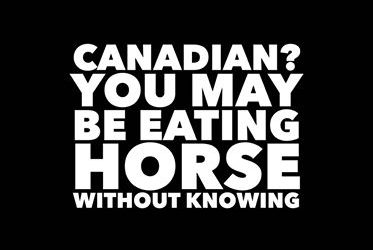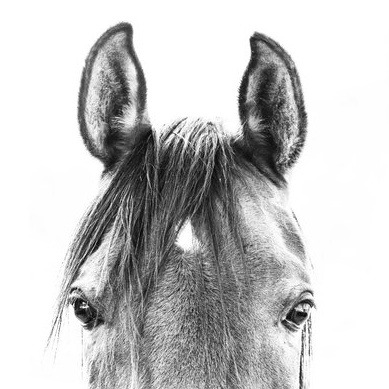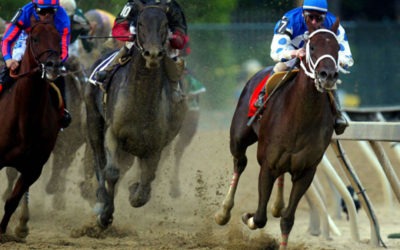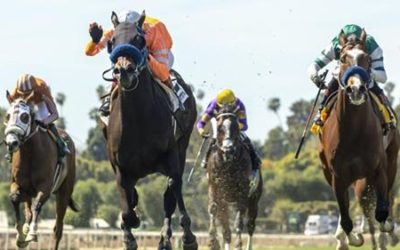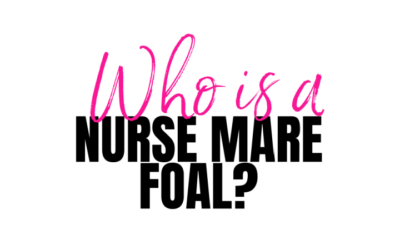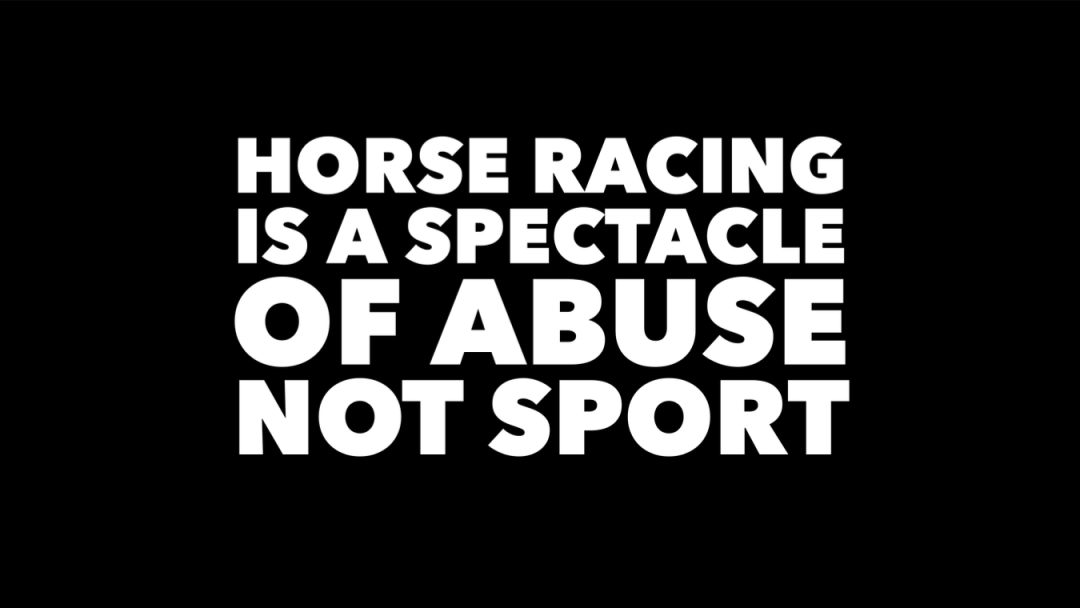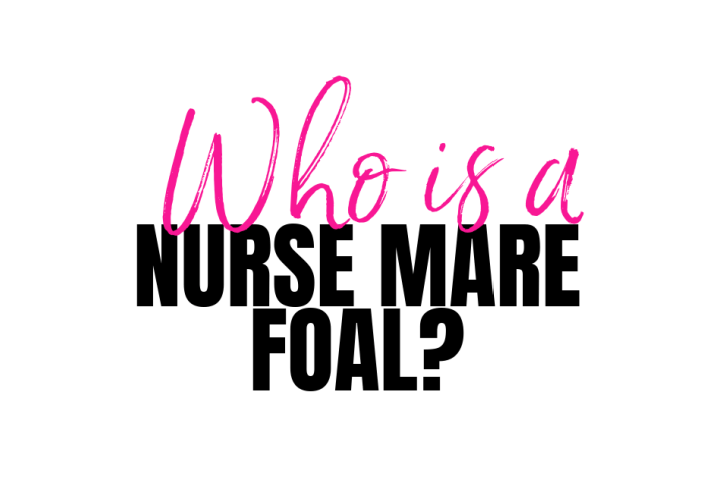This story is definitely re-post worthy. This story is a reminder to all of us in Canada who live within a days drive of where slaughter plants are in Alberta, or Quebec, about how easy it would be for any of our horses to be snatched and slaughtered before we even...
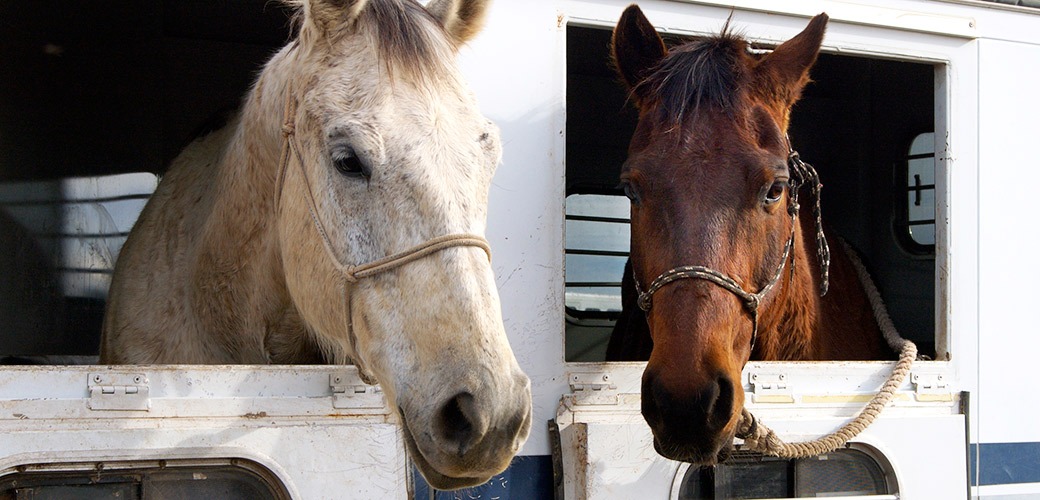
ASPCA: “Horse Slaughter is NOT Euthanasia”
Last year, approximately 80,000 American horses were trucked over our borders (to Canada and Mexico) to be slaughtered for human consumption. Until this practice is banned and Congress passes a law against slaughter here in the U.S., no horse is safe.
The term “horse slaughter” refers exclusively to the killing and processing of horses for human consumption. Horse slaughter is NOT humane euthanasia.
While “euthanasia” is defined as a gentle, painless death provided in order to prevent suffering, slaughter is a brutal and terrifying end for horses.
The methods used to kill horses rarely result in quick, painless deaths for these animals
and sometimes they even remain conscious during dismemberment.
Horses bound for slaughter (who may include pregnant mares, foals and horses who are injured or blind) are commonly shipped for more than 24 hours at a time in crowded trucks without food, water or rest.
Horse Slaughter in the United States
The last three U.S. slaughterhouses—two in Texas and one in Illinois, all foreign-owned—were shuttered in 2007. In 2006, these facilities killed and processed more than 104,000 horses for human consumption, shipping the meat overseas.
Slaughterhouses are not clean or green enterprises and these facilities have proved to be environmentally damaging as well as economically draining to the communities that have housed them. It is clear that states with experience hosting horse slaughter facilities do not want them back: Texas and Illinois have implemented laws that specifically ban selling, giving and possessing horse meat intended for human consumption.
Horse Slaughter Abroad
Looking at data from 2012 to 2016, an average of 137,000 American horses were trucked over our borders each year to slaughter facilities in Mexico and Canada. In 2017, that number dipped to just under 80,000. Reopening slaughterhouses in America is not the answer to ending this form of cruelty.
In fact, even when horse slaughter facilities operated in the United States, tens of thousands of American horses were still exported to other countries for slaughter.
Additionally, long-distance transport is an inherent aspect of this industry. Given the vast geography of the U.S., any transport of American horses to slaughter—within or outside the U.S.—will be long and brutal.
The Future
Until a ban is in place, every American horse is at risk of meeting this fate. Fortunately, in January 2019 the Safeguard American Food Exports (SAFE) Act (H.R. 961) was introduced in the U.S. House of Representatives. The bill would prohibit the slaughter of horses for human consumption in the United States and ban their export abroad for that purpose—but we need your help to ensure Congress passes this important legislation.
Stolen Horse Sold for Hamburger
2 Pet horses stolen and slaughtered for human consumption
"They were family". Woman horrified to learn 2 horses were stolen and sold to be slaughtered for human consumption.Read the full story at CTVKathy O’Reilly says she still feels numb after learning from RCMP Monday that her two beloved horses — reported missing over...
YOU MAY BE EATING HORSE MEAT WITHOUT KNOWING
This blog post is worthy of a re-post. You may also be interested in Happy Canada (Slaughters Horses) Day as well.Why aren't Canadian food inspectors surprised there's horse meat in YOUR sausages? Beware, summer BBQ-ers: there could be horse meat in your pork...

T-SHIRTS IN SUPPORT OF HORSE RESCUE FUND
LIMITED TIME OFFER FREE SHIPPING CANADA & USA
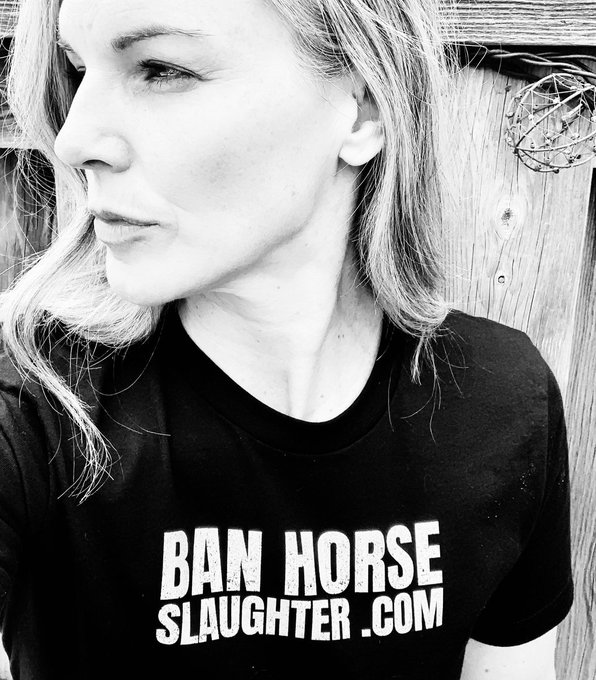
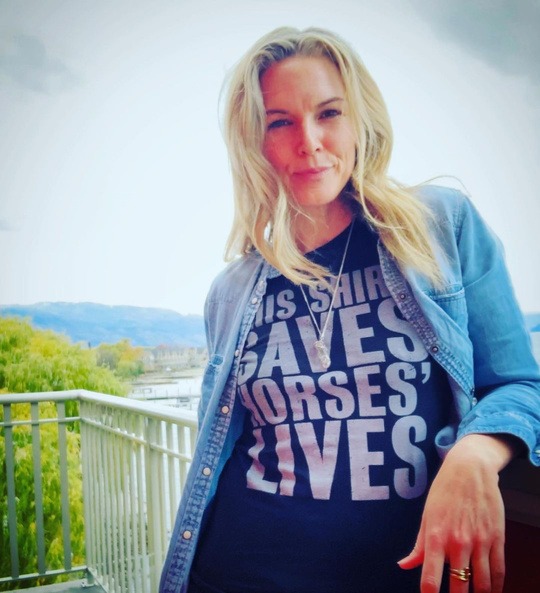
No Results Found
The page you requested could not be found. Try refining your search, or use the navigation above to locate the post.
DEMAND AG MINISTER IMPLEMENT A REGULATORY AMENDMENT...
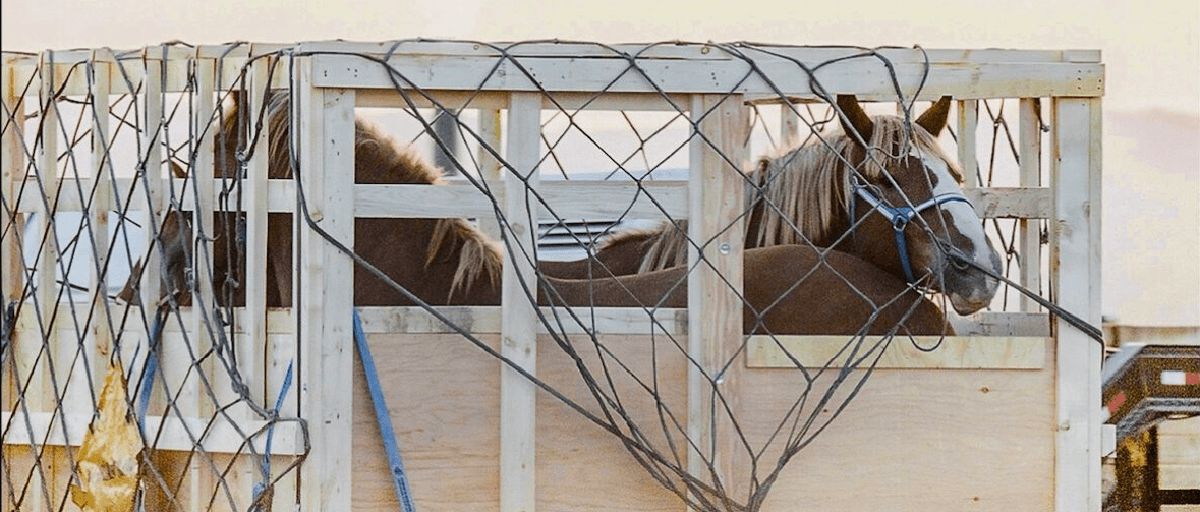
The Honourable Lawrence MacAulay, the current Minister of Agriculture and Agri-Food, has the power to end the inhumane export of horses by air for slaughter by enacting a regulatory amendment.
Help spread the word by sharing this email campaign with friends and family! You can also support the cause by donating—your contribution will help fund advertising efforts to raise awareness and push for change. Every action makes a difference!



